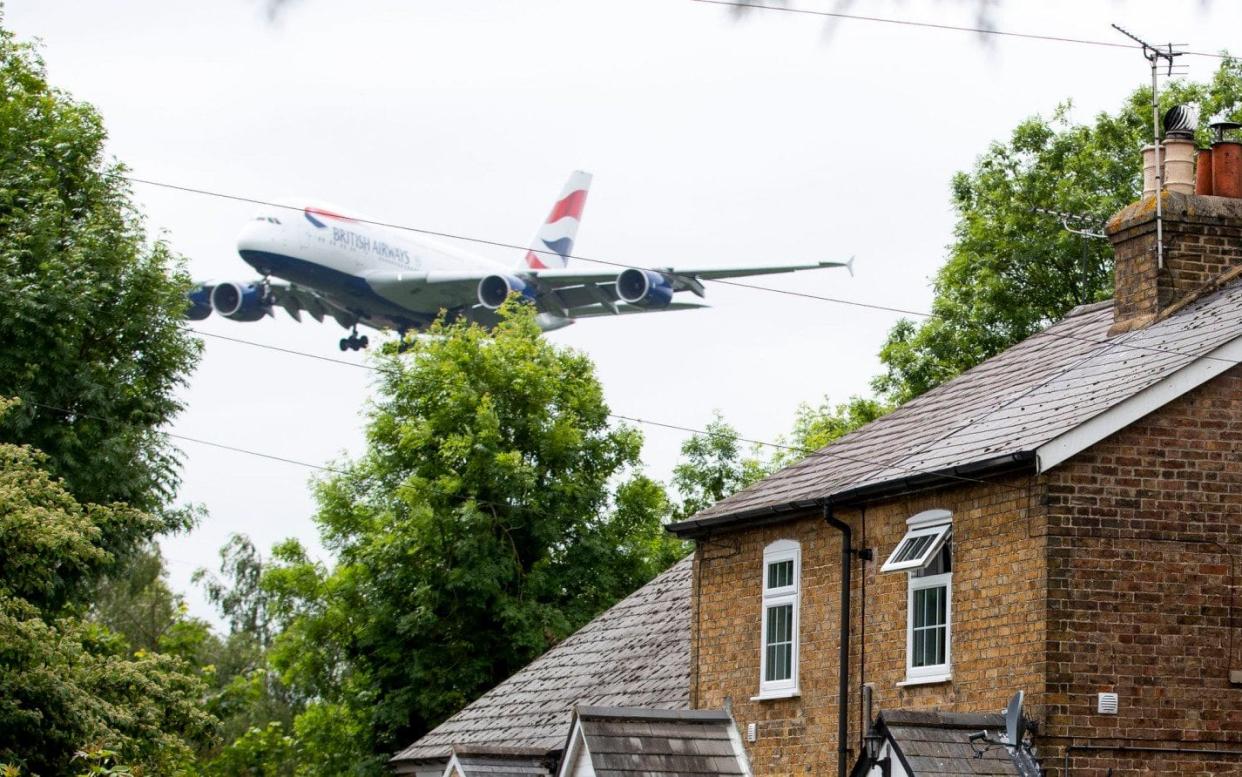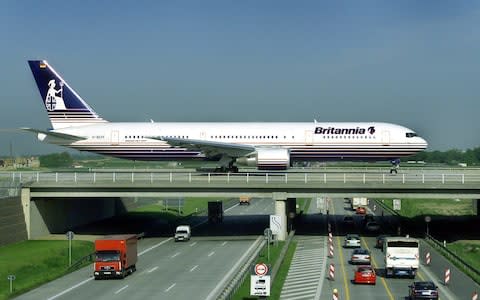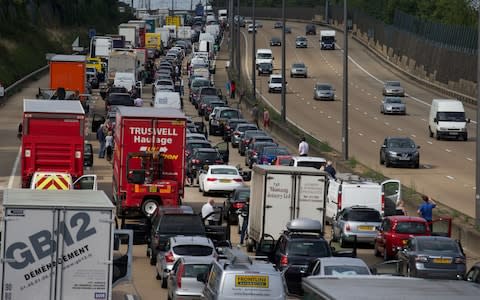Heathrow's expansion means turbulent times for Britain's busiest transport link – the M25

Extending Heathrow Airport by building a third runway to its immediate north-west would necessitate a certain amount of sacrifice, both from the development’s nearest neighbours and from the country as a whole.
We all have to make sacrifices, of course, and nowhere will this truism be felt more acutely than the pretty villages of Longford, Harmondsworth and Sipson, which will be obliterated to varying degrees by the extension of Heathrow’s sprawling perimeter into previously-nice parts of Middlesex.

Sipson will be markedly dented by the proposals. Harmondsworth (best-known for its Grade I-listed barn, the largest timber-framed building in England) will be half destroyed, and the luckless Longford will be torn down altogether, with every single one of its buildings demolished in the name of the “national interest”.
But it isn’t just the locals who will be forced to make these ‘sacrifices’. Obviously the concreting-over of Harmondsworth Moor is a shame for the people and animals who live nearby, and the effect of hundreds of extra aircraft flying over London every day will be felt across the city and the rest of England.
I could also draw attention to the sheer waste of resources involved in demolishing the relatively new, £200m Waterside building, or the ruination that awaits the Colne Valley if the plans go ahead. But all this is largely outside the remit of the motoring desk, and Heathrow has a much larger, more notorious neighbour that falls firmly within our beat – the M25.

London’s favourite orbital motorway currently passes within a few hundred metres of the airport’s western extremity. The proposed new runway, north-east of the current perimeter, will bisect the road somewhere between the Thorney Interchange and the A4 bridge (which the airport will also gobble) and extend almost to the village of Colnbrook. This is pretty much the only direction in which the airport can grow, but leaves the developers three choices: rerouting the motorway, building a tunnel for it, or both.
None of these options are particularly good for those of us who need to get around the south of England during the next decade. There are already traffic jams on the M25, every single day; the road exceeded its intended capacity almost as soon as it was built, becoming more congested each week since. And nowhere on the 117-mile route is more susceptible to overcrowding than – you guessed it – the stretch immediately outside Heathrow, which has been earmarked for quite radical upheaval.
The most viable plans involve re-routing the motorway, lowering it by several metres and running it through a tunnel. Obviously this represents a significant undertaking, especially considering that the ‘tunnel’ will have to support the full weight of planes landing on it.

(We’ll do a more in-depth article on the design element of the plans as and when they are approved, but for now remember that the maximum take-off weight of an A380 is 575 tonnes and that it lands at around 160mph.)
This is serious civil engineering, not something that can be completed over a handful of night closures and a long weekend. We can expect years of disruption. I'm not aware of a similar project – a nation's main hub airport being extended over its most important motorway.
Interrupting the flow of motorway traffic has immediate, far-reaching effects. A fuel spill on the M5 on August 4 last year created a 15-hour queue and traffic disruption 35 miles away. It brought local bus services to a halt and is estimated to have cost Somerset £2.4m. And that’s just one day. It’s easy to become too focused on the benefits of increased air capacity and ignore the very real economic and social impacts the Heathrow expansion will cause on terra firma before, during and after the work.

A busy day at Heathrow sees over 200,000 passengers traipse through its halls. But that’s about how many vehicles pass junction 14 alone in the same 24 hours. Far more humans and goods use the M25 to get around than use Heathrow Airport, in their cars, coaches, lorries and vans. endless arterial roads that feed into the motorway, pumping traffic onto and off its lanes like rain down a gutter. Congestion here reaches far beyond the Armco – whole communities rely on the M25 to breathe; without it they will choke.
We take for granted infrastructure like our motorways which, for all their faults, keep Britain moving. We rely on them far more in our day-to-day lives than we do our airports. Expanding England's air capacity might be important, but so too is keeping its roads flowing – if the construction of Heathrow's third causes years of tailbacks, that could prove to be one sacrifice too many.
For tips and advice, visit our Advice section, or sign up to our newsletter here

 Yahoo News
Yahoo News 
